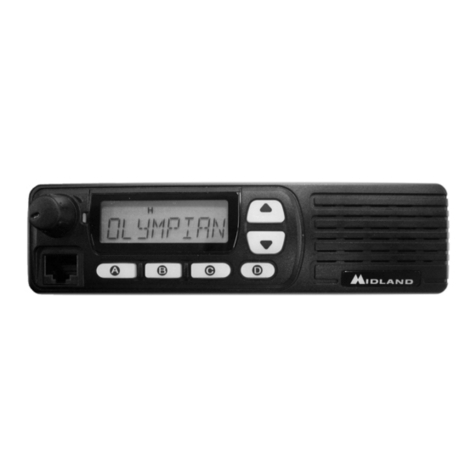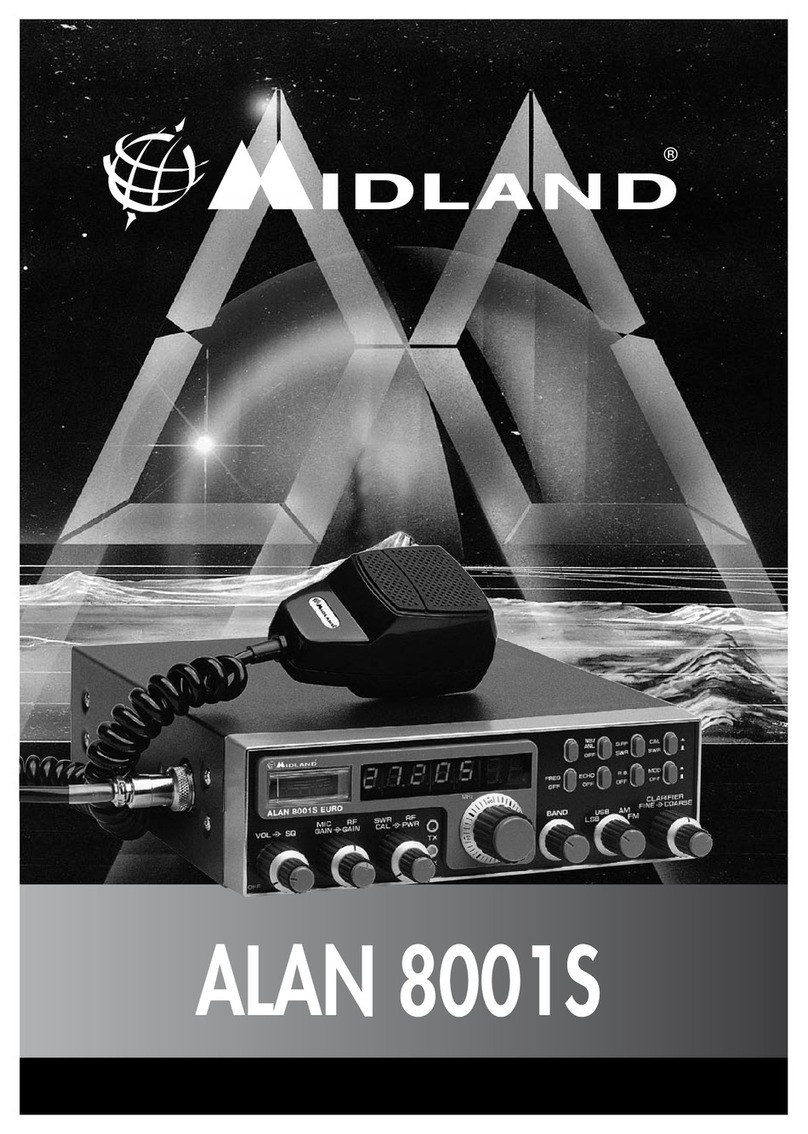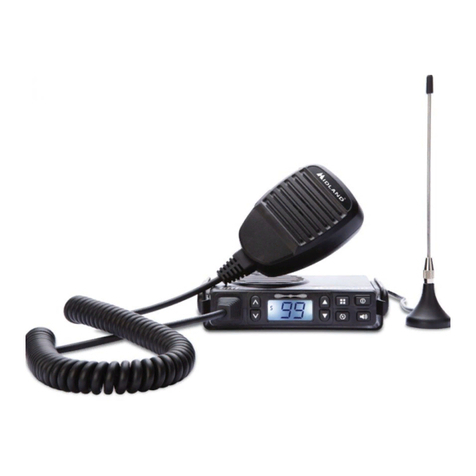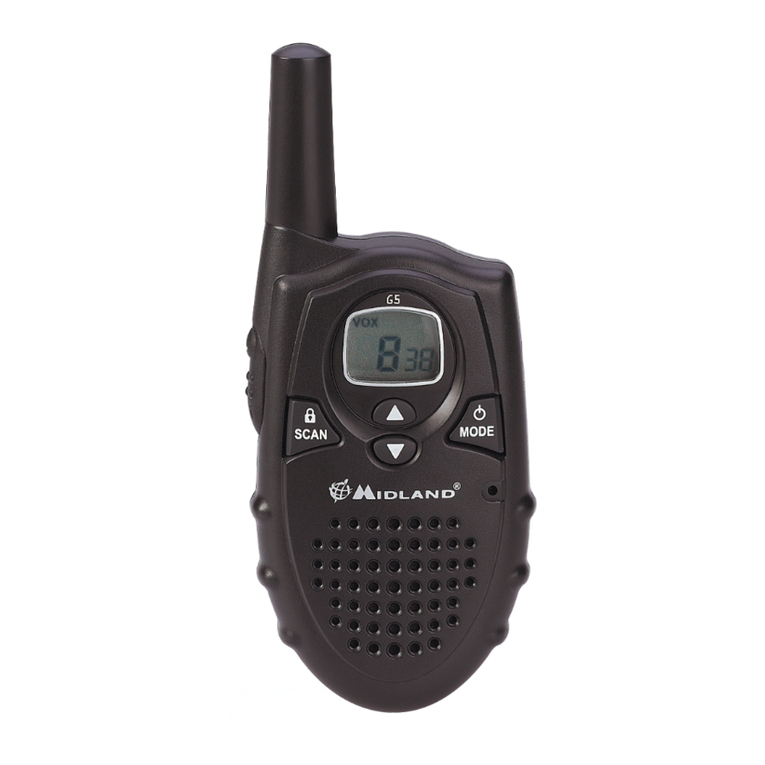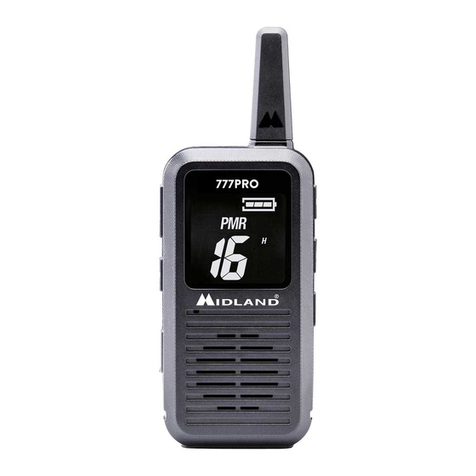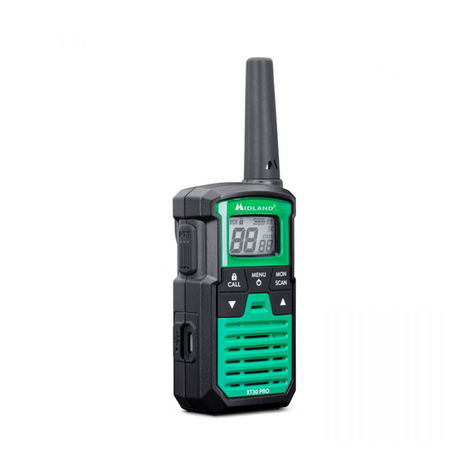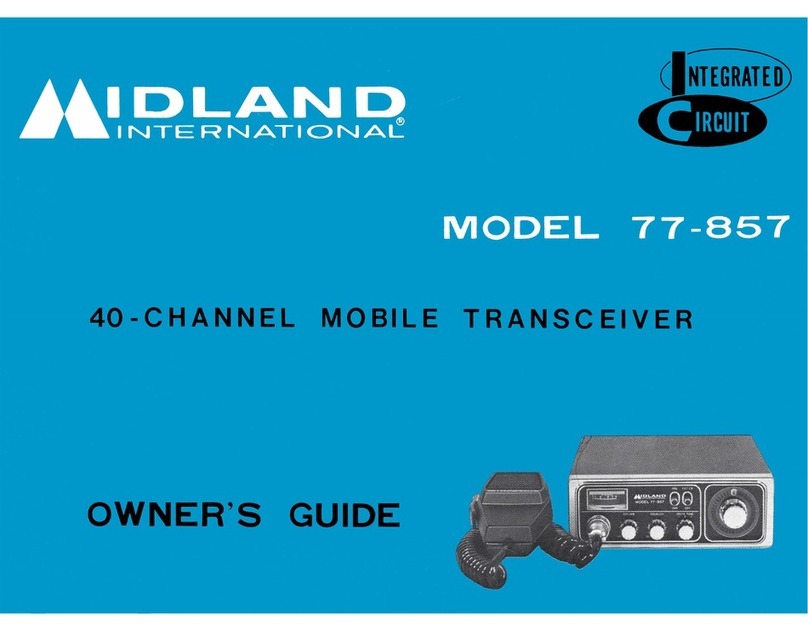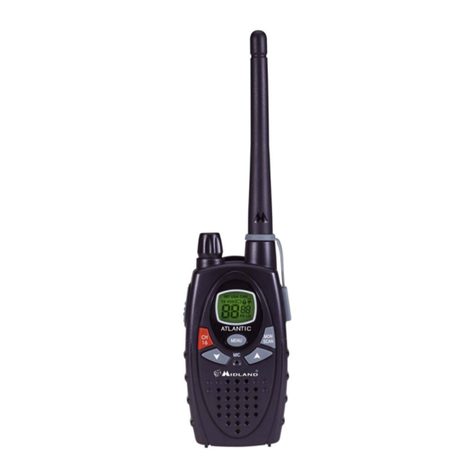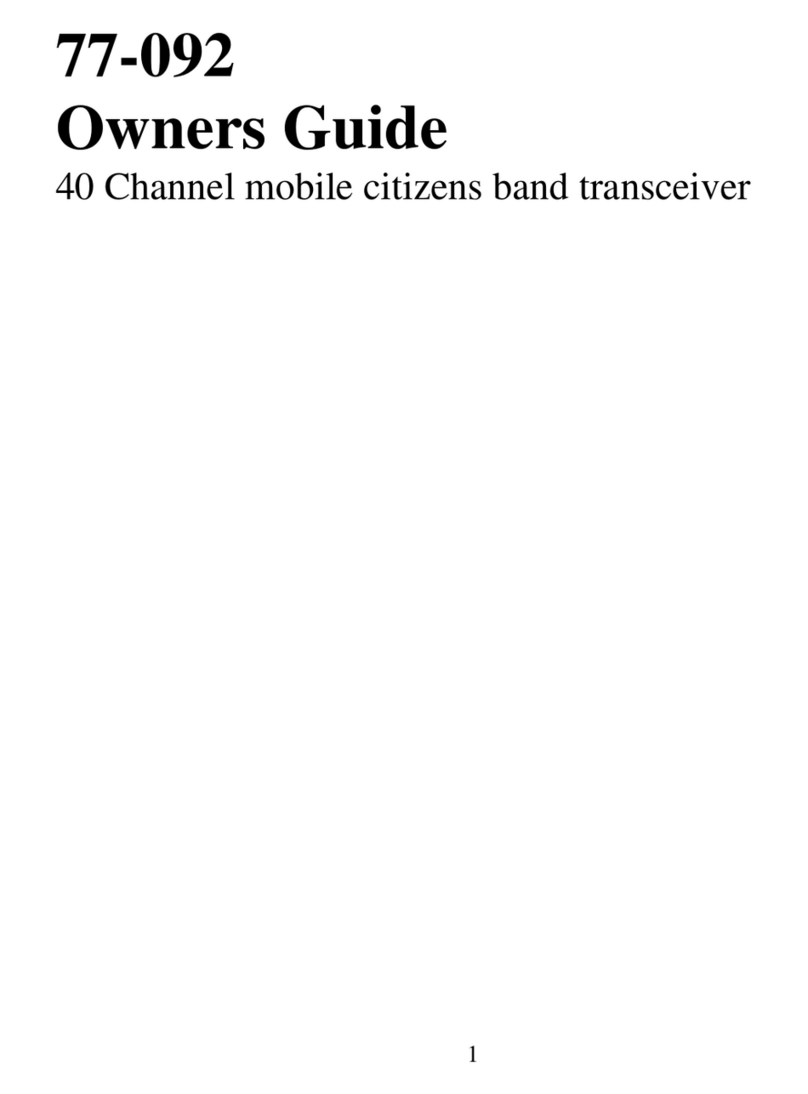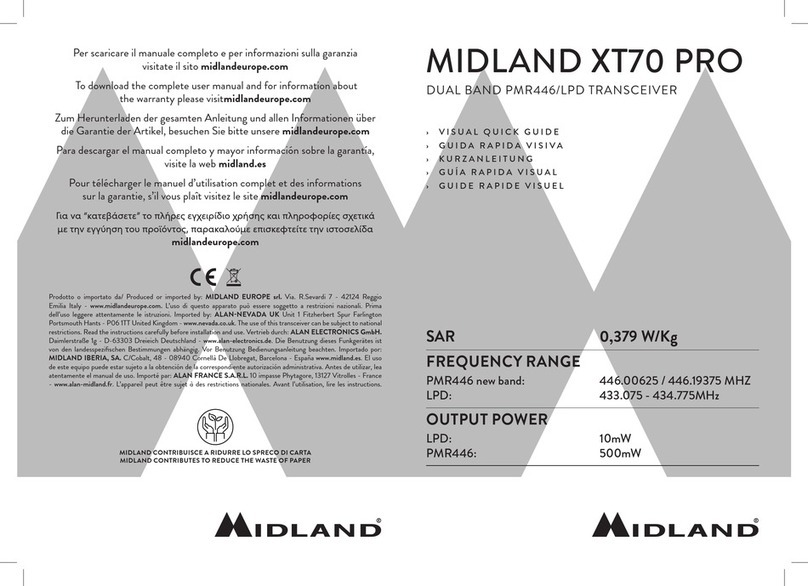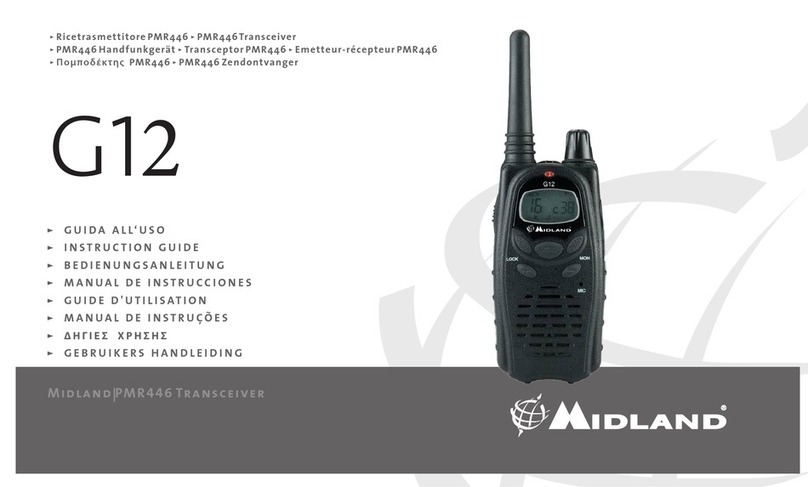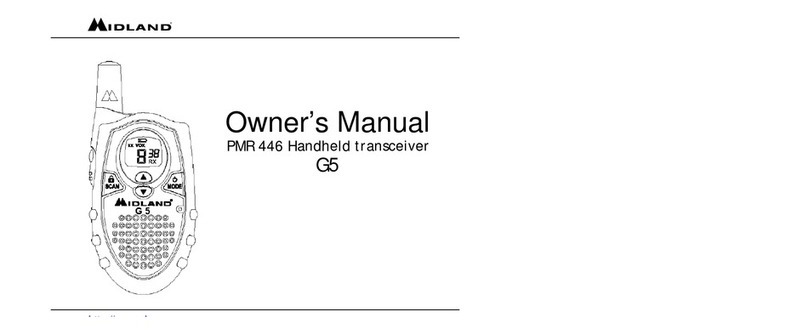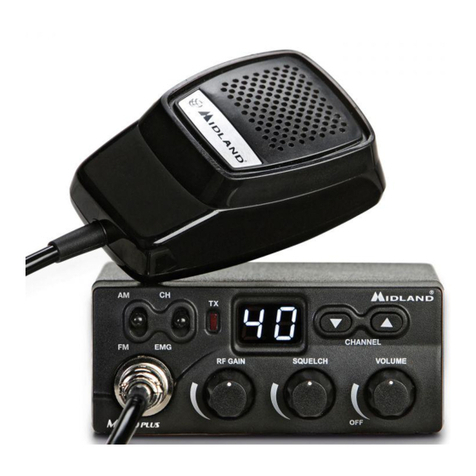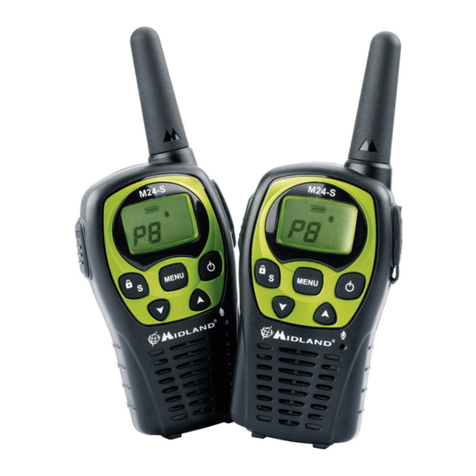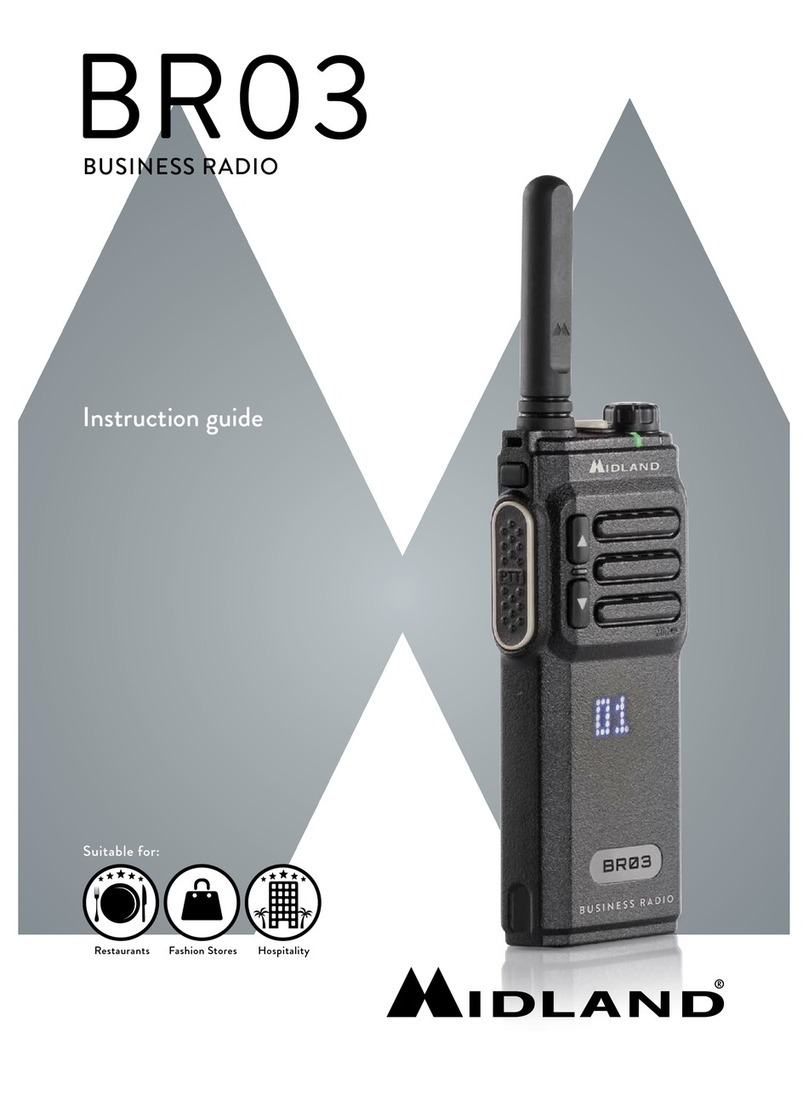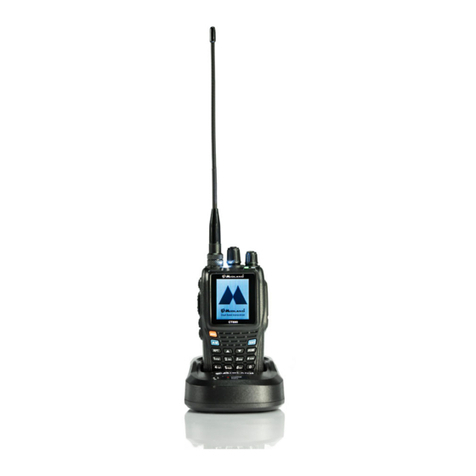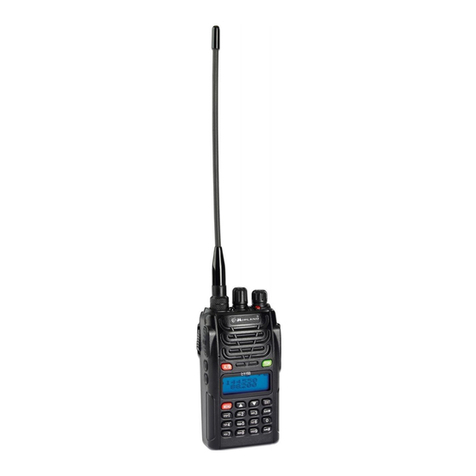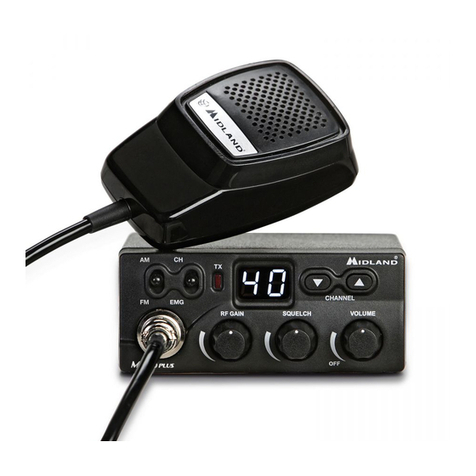1
ENGLISH
Table of contents
1. Introduction .........................................................................................................2
2. Above all… safety! ..............................................................................................3
2.1 Symbols used .................................................................................................3
2.2 Warnings .........................................................................................................3
2.3Service............................................................................................................4
3. Identifying the parts ............................................................................................5
3.1 Display ............................................................................................................5
3.2 Radio ...............................................................................................................6
4. Preparingthetransceiver......................................................................................7
4.1Installingandremovingthebeltclip................................................................7
4.2 Installing and removing batteries ....................................................................7
4.2.a Installation ...........................................................................................7
4.2.b Removal ..............................................................................................8
4.3Rechargingbatteries.......................................................................................8
4.4Memoryeffectofrechargeablebatteries ........................................................8
5. Basic operations ...............................................................................................10
5.1 Turning on/off ................................................................................................10
5.2Selectionoftheoperationalchannel.............................................................10
5.3Volumecontrol ..............................................................................................10
5.4Transmissionandreception..........................................................................10
5.5ButtonMON(Monitor)...................................................................................10
5.6Choosinghighorlowtransmissionpower .................................................... 11
5.7LCDbacklight................................................................................................ 11
5.8InstantselectionofChannel16..................................................................... 11
5.9 Power saving feature .................................................................................... 11
6. Advanced functions ..........................................................................................12
6.1Scanningallchannels...................................................................................12
6.2VOXFunction................................................................................................12
6.3Keypadlock ..................................................................................................12
6.4RogerBeep(End-of-messagetone):............................................................13
6.5DualWatch....................................................................................................13
6.6Activeband ...................................................................................................13
6.7Privatechannels:programmingandselection...............................................13
7. Troubleshooting ................................................................................................14
7.1 Solution table ................................................................................................14
8. Technical specications ...................................................................................15
8.1 Transmitter ....................................................................................................15
8.2Receiver........................................................................................................15
